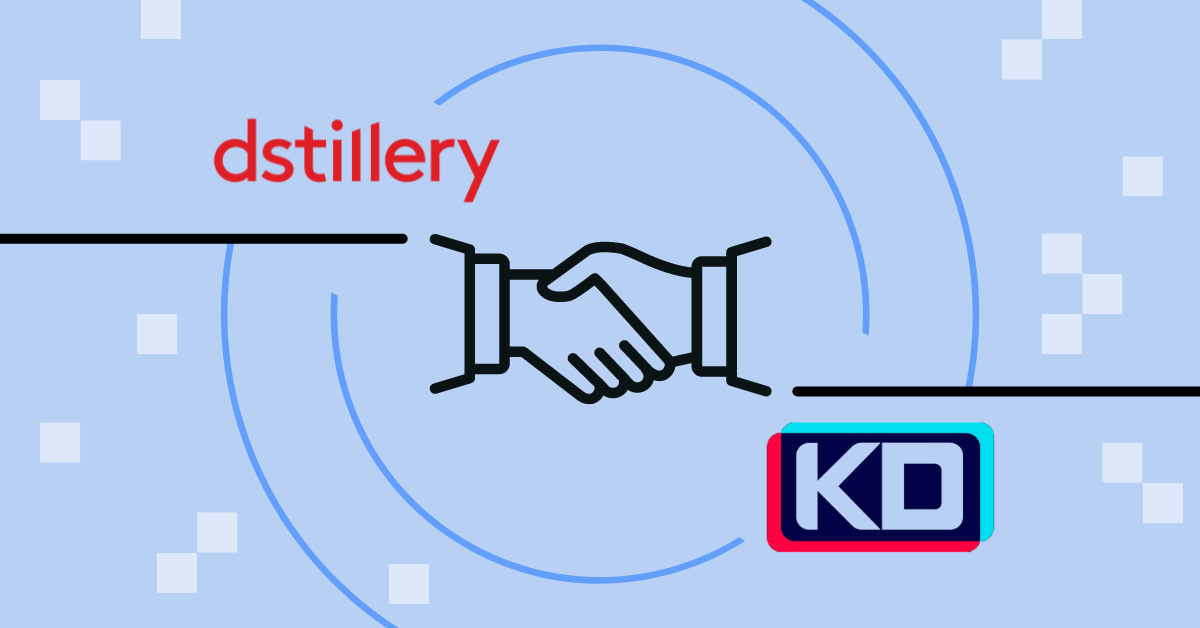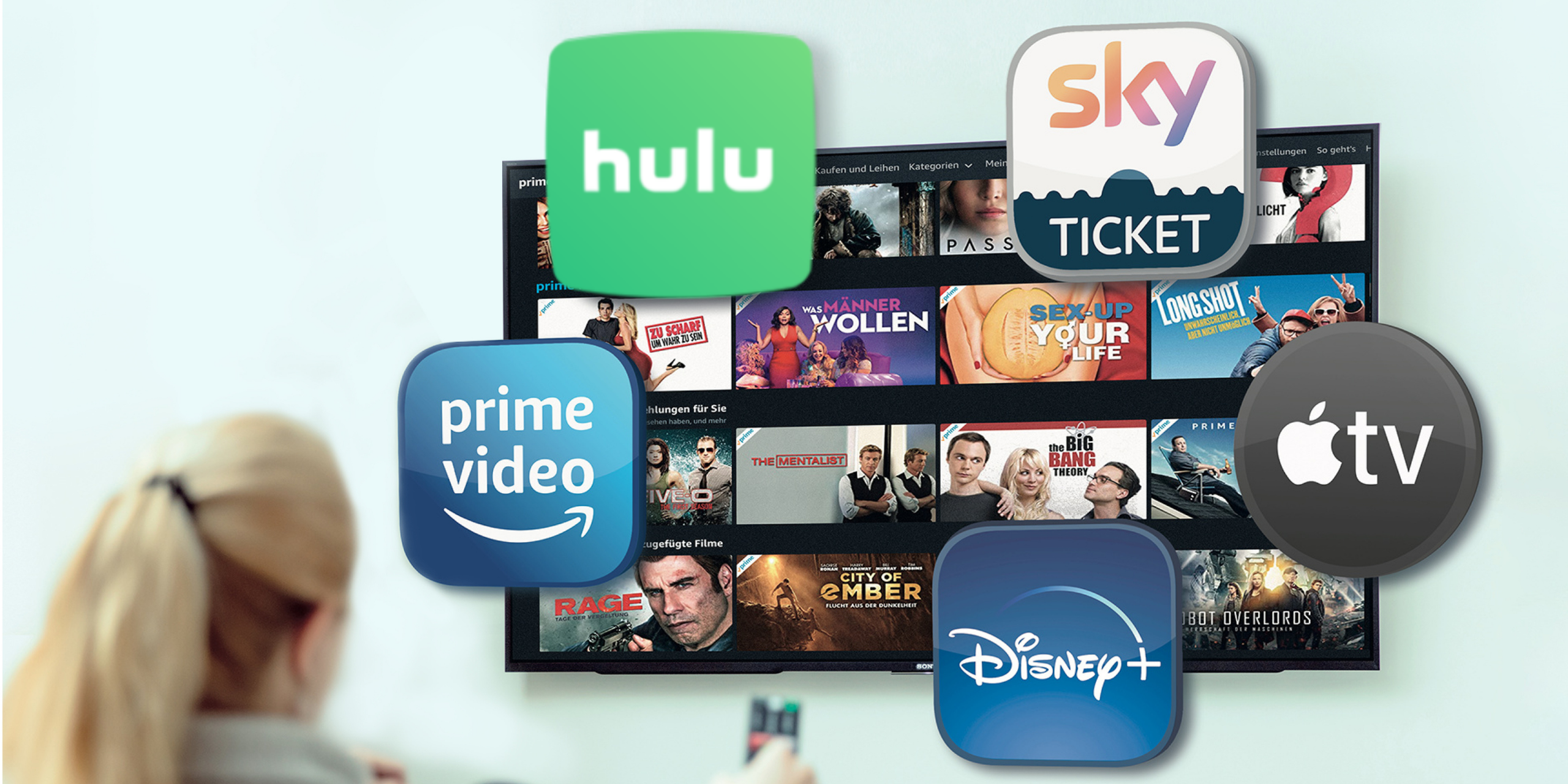What is Connected TV Advertising?
Connected TV advertising, often referred to as CTV advertising, is a rapidly growing channel within the advertising industry. In recent years, it has gained significant traction and has become a crucial component of digital marketing strategies. But before we delve into the intricacies of CTV advertising, let’s first understand what exactly Connected TV is.
Connected TV Defined
Connected TV, or CTV, is any internet-connected device that allows users to stream video content. These devices include smart TVs, smartphones, Roku, Firestick, and many others, providing consumers with a wide array of options to access their favorite entertainment content.
The Evolution of CTV Advertising
Connected TV advertising has come a long way since its inception. It all began in 1995 with the introduction of Internet Protocol Television (IPTV). However, it took a few years for CTV advertising to gain momentum. Notable milestones include iTunes allowing users to download shows for a fee in 2005 and the game-changing release of Netflix’s streaming service in 2007.
Initially, streaming platforms like Netflix and YouTube had no intentions of incorporating advertising into their services. However, the landscape changed as they realized the potential revenue stream from CTV advertising. Hulu joined the fray in 2009, opening up further opportunities for advertisers.
How Does CTV Advertising Work?
Connected TV advertising is closely tied to the concept of Over-The-Top (OTT) content. OTT content is streamed directly over the internet, bypassing traditional cable TV. A Connected TV is the device used to access this OTT content, and the terms CTV and OTT are often used interchangeably.
CTV ads are non-skippable, non-user-generated content, offering advertisers a powerful way to reach a wide and targeted audience. These ads appear during the viewers’ content consumption, making them highly effective in delivering messages and building credibility through the TV screen.
Connected TV Advertising Companies and Programmatic
Unlike traditional linear TV, Connected TV advertising offers more flexibility and tracking capabilities. Linear TV requires a cable subscription, whereas CTV operates through internet-connected devices like Roku, Apple TV, and Amazon FireTV. CTV advertising companies form partnerships with various providers, enabling advertisers to reach specific audiences based on age, gender, and content preferences.
The Remarkable Growth of CTV Advertising
Connected TV advertising has witnessed tremendous growth, particularly during the global pandemic. In 2019, the CTV market share was $6.42 billion. By 2021, ad spend had surged to $9.03 billion, with predictions pointing towards a staggering $24.76 billion market size by 2024. This remarkable growth underscores CTV’s status as the fastest-growing digital marketing channel.
Emerging Trends in Connected TV Advertising
Connected TV advertising is constantly evolving, and advertisers need to stay ahead of the curve. One significant trend is the shift towards a “cookieless” world, driven by the decline of third-party cookies for privacy reasons. CTV advertising doesn’t rely on cookies but utilizes cross-device technologies, enabling advertisers to deliver tailored ads without compromising user privacy.
Unified ID 2.0 is one solution in development to facilitate this transition, using email addresses for tracking instead of cookies. Advertisers must adapt to these changes to remain competitive in the ever-evolving digital marketing landscape.
What Lies Ahead for Marketers in CTV Advertising?
The time to embrace Connected TV advertising is now. Waiting for a cookieless world could put marketers at a disadvantage. CTV’s growth shows no signs of slowing down, with even traditional TV networks creating their own streaming platforms. Marketers must take advantage of the technology available today to excel in tomorrow’s digital advertising landscape.
With the increasing popularity of OTT content and cross-device tracking, advertisers can create highly targeted ads that deliver better metrics for their clients.
Connected TV Advertising Strategies
Now that we have a solid understanding of Connected TV advertising, it’s time to explore effective strategies that can help marketers leverage this powerful channel.
1. Audience-First Approach
A successful CTV advertising strategy begins with a deep understanding of your target audience. Connected TV providers and publishers, like Keynes Digital, prioritize an audience-first approach. They analyze audience interests, behaviors, demographics, and even locations to curate data-driven campaigns that resonate with viewers.
By identifying your audience’s preferences and habits, you can craft compelling messages that engage and convert.
2. Creative Best Practices
Effective CTV advertising requires attention to creative details. Whether you’re aiming for branding or direct response, adhering to creative best practices is crucial.
For branding, consider the following:
- Determine the goal of the TV commercial.
- Highlight 1 to 2 Unique Selling Points (USPs).
- Create memorable brand elements.
- Utilize an end card for additional engagement.
For direct response campaigns:
- Define clear goals.
- Get to the point quickly.
- Use persistent URLs throughout the TV commercial.
- Include a strong Call-To-Action (CTA) to prompt immediate action.
3. Platform Selection
Choosing the right CTV platforms is essential for campaign success. Connected TV platforms include Roku, Apple TV, Amazon FireTV, Google Chromecast, PlayStation, and Xbox, among others.
The shift towards CTV has been rapid, with viewers opting for the convenience of on-demand content. This shift has paved the way for advertisers to reach engaged audiences through ad-supported or ad-subsidized content.
4. Connected TV Measurement
Measuring the effectiveness of your CTV advertising campaigns is critical. Connected TV measurement provides valuable insights into viewer behavior and campaign performance. Unlike traditional linear TV, CTV advertising allows for real-time reporting and tracking of key metrics such as ad views, site visits, and conversions.
5. Connected TV vs. OTT vs. Linear TV
It’s important to clarify the distinctions between Connected TV (CTV), Over-The-Top (OTT), and traditional Linear TV.
- CTV (Connected Television): CTV refers to internet-connected devices, such as smart TVs, used to access and stream video content. It encompasses premium networks and OTT content.
- OTT (Over-The-Top Television): OTT is a subset of CTV. It involves delivering television content directly to viewers over the internet, without the need for traditional cable subscriptions. Popular examples include Hulu and HBO.
- Linear TV (Regular Television): Linear TV relies on cable or satellite subscriptions and delivers scheduled programming through specific channels.
6. Connected TV Market Insights
Connected TV advertising is reshaping the television landscape. In 2021, Connected TV spend witnessed remarkable growth, reaching $15.2 billion, with further projections estimating a 39% increase to $21.2 billion in 2022. Advertisers are reaping the benefits of CTV advertising, as viewers continue to embrace ad-supported content, contributing to the industry’s rapid expansion.
7. Connected TV vs. YouTube
YouTube, one of the world’s largest video-sharing platforms, has also ventured into the Connected TV space. It introduced the YouTube TV App, enabling users to watch content on their televisions. This move highlights the convergence of traditional online video and Connected TV advertising.
8. Challenges and Opportunities
While Connected TV advertising offers numerous advantages, it also comes with its set of challenges. Understanding these challenges and opportunities is crucial for advertisers aiming to harness the full potential of CTV advertising.
CTV Challenges:
- Ad Clutter: As CTV ad inventory increases, there’s a risk of ad clutter, which can lead to viewer fatigue and reduced ad effectiveness. Advertisers must find ways to stand out amidst the competition.
- Measurement and Attribution: Despite advancements in measurement, CTV still faces some measurement and attribution challenges. Advertisers may struggle to connect CTV ad exposure to conversions effectively.
CTV Opportunities
- Advanced Targeting: CTV advertising allows for precise targeting based on user data, interests, and behaviors, providing opportunities for highly personalized campaigns.
- Interactive Ads: Interactive CTV ads, such as shoppable ads or polls, engage viewers and provide a seamless way to drive actions and conversions.
- Cross-Device Advertising: CTV ads can serve as a bridge to connect with viewers across multiple devices, reinforcing brand messages and increasing engagement.
9. Case Studies
To gain a deeper understanding of successful CTV advertising campaigns, let’s explore a few case studies.
Case Study 1: Disney+ Launch Campaign
When Disney+ launched in 2019, it leveraged CTV advertising to reach a broad audience of potential subscribers. Disney+ used targeted ads to showcase its extensive content library, including beloved classics and new exclusive shows. This strategy contributed significantly to Disney+ gaining over 10 million subscribers within the first 24 hours of its launch.
Case Study 2: Peloton’s Growth Through CTV Advertising
Peloton, the fitness equipment and media company, utilized CTV advertising to boost its brand awareness and drive sales. By running CTV ads that showcased its home workout equipment and classes, Peloton saw a substantial increase in demand during the COVID-19 pandemic, solidifying its position as a leader in the fitness industry.
Case Study 3: Political Advertising in CTV
Connected TV advertising has also made its mark in the political arena. During election campaigns, political candidates and parties have increasingly turned to CTV to target specific demographics and regions. This approach allows for more effective messaging and engagement with potential voters.
10. The Future of CTV Advertising
As we look ahead, the future of CTV advertising appears promising and dynamic. Several trends and developments are expected to shape the landscape further:
- More Original Content: CTV platforms are investing heavily in original content production, providing advertisers with more opportunities for integrations and sponsorships.
- Interactive and Shoppable Ads: Interactive CTV ads will become more prevalent, enabling viewers to engage with brands and make purchases directly through their TVs.
- Addressable Advertising: The precision of CTV targeting will continue to improve, with addressable advertising becoming the norm. This means more personalized ads for viewers.
- Integration with Other Channels: CTV advertising will increasingly integrate with other digital advertising channels, creating a seamless omnichannel experience for consumers.
- Data Privacy: Advertisers will need to navigate evolving data privacy regulations to ensure compliance while effectively targeting audiences.
Connected TV advertising represents a dynamic and promising landscape for advertisers. Its ability to reach a wide and engaged audience, coupled with its adaptability to changing trends, makes it a vital component of modern digital marketing strategies. As the CTV advertising industry continues to evolve and expand, staying informed about the latest trends and innovations will be essential for advertisers looking to maximize their impact in this space.
Industry Expert Insights
We are your high-touch, performance-focused streaming TV and programmatic advertising partner. Our team of experts and a one-of-a-kind data-driven platform connects you to the best streaming TV marketing strategies.









































